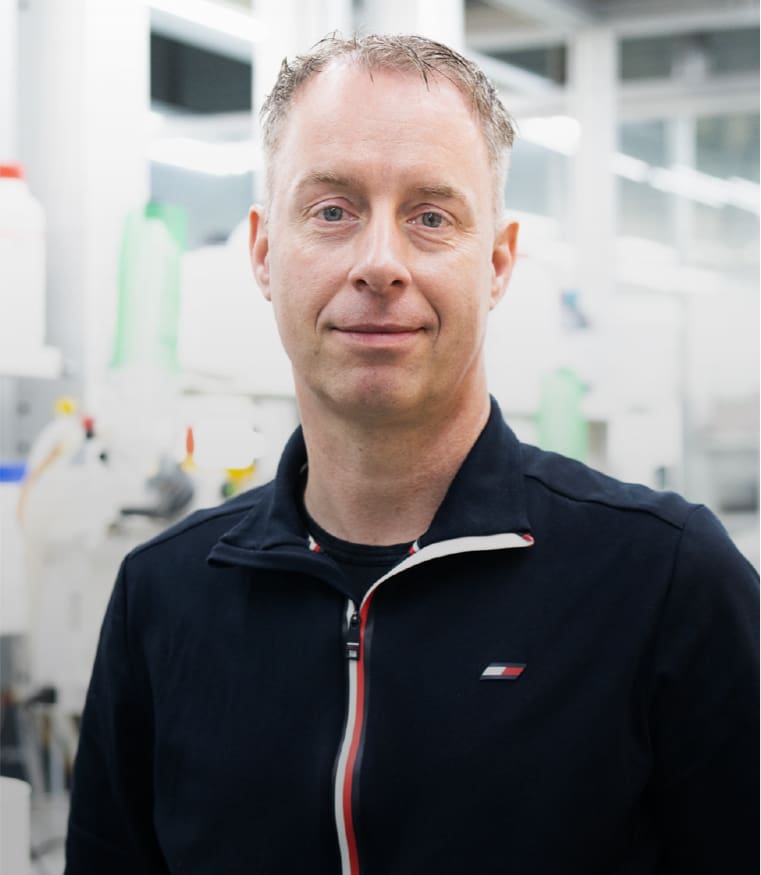Cavitand based Polyphenols as Highly Reactive Organocatalysts for the Coupling of Carbon Dioxide and Oxiranes
A variety of cavitand-based polyphenols was prepared from cheap and accessible aldehyde and resorcinol/pyrogallol reagents to give the respective resorcin[4]- or pyrogallol[4]arenes. The preorganization of the phenolic units allows intra- and intermolecular hydrogen bond (HB) networks that affect both the reactivity and stability of these HB-donor catalysts. Unexpectedly, we found that the resorcin[4]arenes show cooperative catalysis behavior compared to the parent resorcinol in the catalytic coupling of epoxides and CO2 with a significantly higher turnover. At elevated reaction temperatures, the resorcin[4]arene-based catalyst 3 d displays the best catalytic performance with very high turnover numbers and frequencies, combining increased reactivity and stability compared to pyrogallol, and an ample substrate scope. This type of polyphenol structure thus illustrates the importance of a new, highly competitive organocatalyst design to devise sustainable CO2 conversion processes.

L. Martínez-Rodríguez, J. Otalora Garmilla, A. W. Kleij
ChemSusChem 2016, 9, 749-755
DOI:
Go to the journal

Let's create a brighter future
Join our team to work with renowned researchers, tackle groundbreaking
projects and contribute to meaningful scientific advancements



















